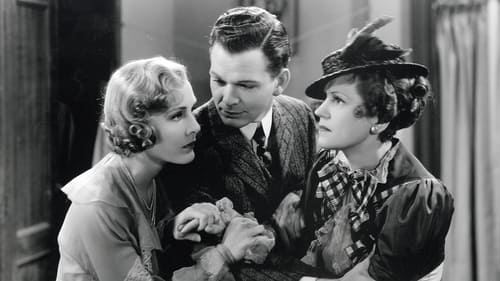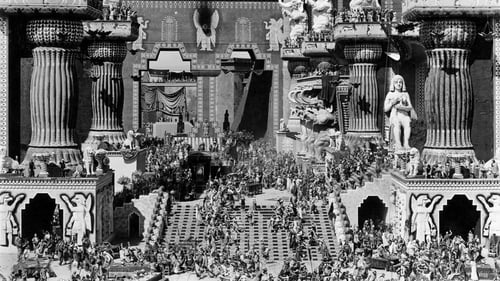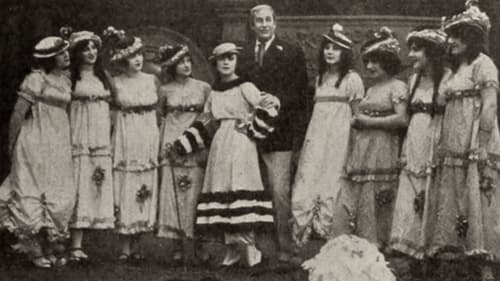
Vaudeville Act (archive footage)
Tres generaciones de vodeviles luchan por el estrellato en el escenario y en la pantalla.

DeWolf Hopper thinks he is on the verge of death and a couple of newspapers are bidding for the story rights. One of the newspapers is willing to pay a big sum if Hopper will kick off in time for its last edition of the day. Hopper plays the whole role in bed.

In his career, De Wolf Hopper recited Ernest Lawrence Thayer's "Casey at the Bat" thousands of times. Here, wearing a tuxedo, he emerges from behind a curtain as if at a theater, gives a short introduction, and launches into the poem. The camera is stationary, and although Hopper stands in one place, his hands and arms, his face, and his voice are animated throughout. In delivery, it's a minstrel performance.

Extra (uncredited)
Clásico del cine mudo que muestra a través de varios episodios históricos las injusticias provocadas por la intolerancia religiosa y social. La idea inicial de Griffith era narrar las sangrientas huelgas de 1912 en EE.UU. (un huelguista es acusado de la muerte de su patrón), pero después decidió rodar tres episodios más: "La caída de Babilonia, "La Pasión de Cristo" y "La noche de San Bartolomé" (sangriento episodio de las luchas entre hugonotes y católicos que tuvo lugar en París en 1572). De presupuesto y recursos desmesurados para la época -una sola escena reunió a 15.000 extras y 250 carros- aún hoy sigue asombrando por su espectacularidad.

H. Ulysses Watts
H. Ulysses Watts is a traveling Shakespearean actor whose career is on the decline, as his audiences are more interested in cinema and vaudeville. When the troupe is robbed by Stoner, Watts cares for an injured young trapeze artist.

Alonzo Evergreen
The theft of a sacred diamond band from a Hindoo shrine starts the action.




